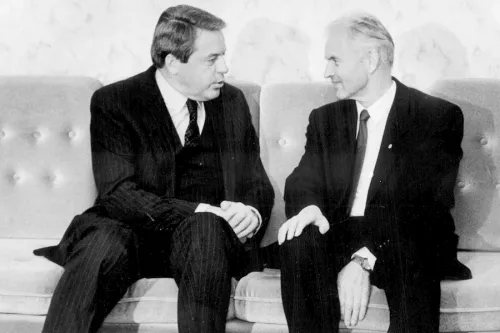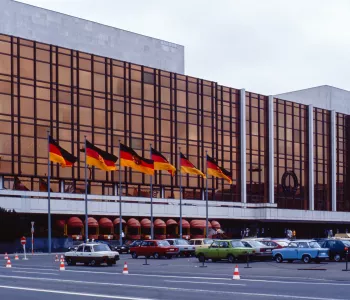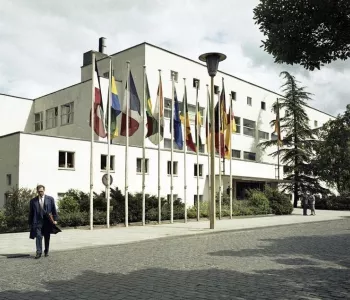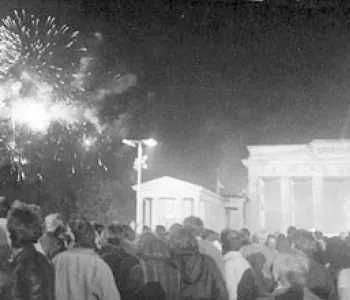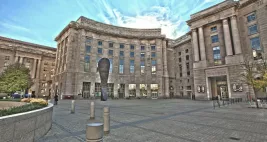Documents on Austria’s role in the dissolution of the German Democratic Republic (GDR) and the country’s position toward German Unification. Originally published with a Working Paper by Michael Gehler and Maximilian Graf. See also the collections on German Reunification, the Berlin Wall, and the End of the Cold War. Image: Austrian Chancellor Franz Vranitzky meets with the new Chairman of the Council of Ministers of the GDR, Hans Modrow, on 24 November 1989. Source
